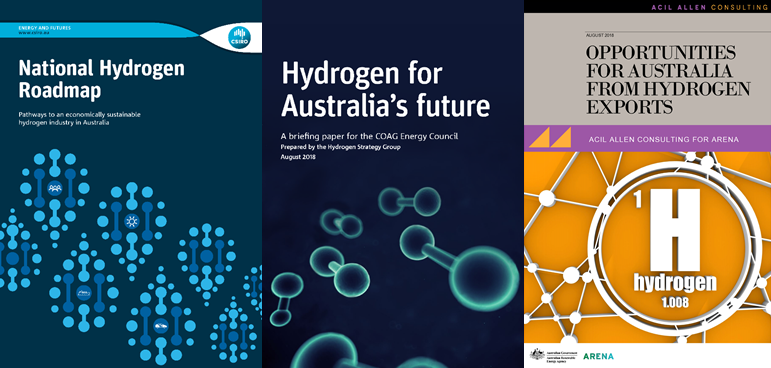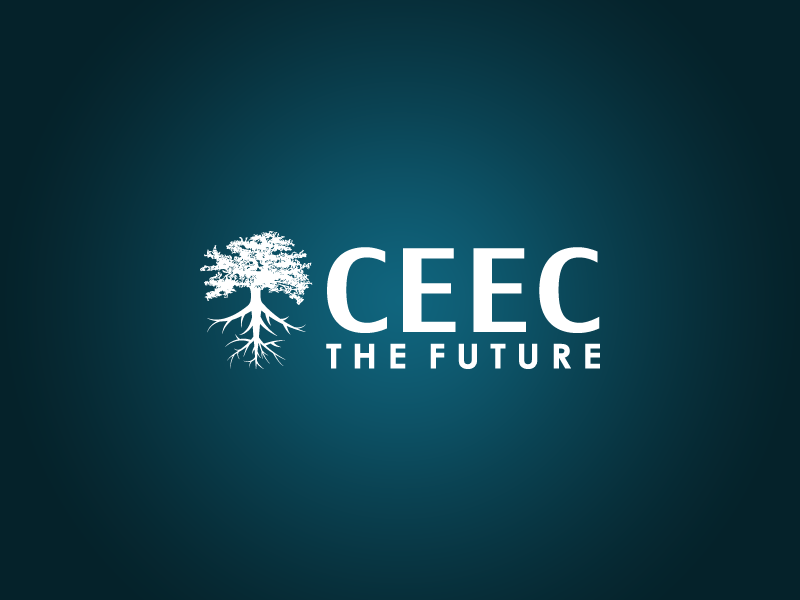
Leading scientists in Australia put hydrogen energy under the microscope at an industry forum in Brisbane last month.
Australia’s Chief Scientist Professor Alan Finkel, CSIRO Director Oil Gas & Fuels Dr Patrick Hartley and ITM Power Managing Director Dr Neil Thompson addressed the theme: Hydrogen – the future is now.
The speakers were well-equipped to discuss hydrogen energy advances. Professor Finkel and Dr Hartley produced the briefing paper ‘Hydrogen for Australia’s Future’, which was presented to the Council of Australian Governments’ (COAG) energy council in August 2018. Dr Hartley also co-led the formulation of CSIRO’s ‘National Hydrogen Roadmap’. Dr Thompson has undertaken award-winning research at QUT and KIT, Germany, in the field of integrated, closed-loop system design. He was instrumental in the development of the integrated sustainable design protocol, which is used to aid construction of low-risk and future-proofed infrastructure and built-form, while providing for improved social and environmental outcomes from these facilities.
CEEC CEO Alison Keogh was at the Australian Institute of Energy event to tap into advances being made and the opportunities available for hydrogen energy.
“This fast moving space could bring substantial change in energy supply options to industries, including mining, transport, and domestic and export energy industries globally,” Alison said.
Professor Finkel said there was now strong momentum and market opportunities for hydrogen energy supply, given the maturing of technologies, the dramatic fall in renewable energy costs, and emerging overseas markets for low emissions energy, such as Japan. Professor Finkel also discussed the role of the Hydrogen Strategy Group and the proposed establishment of a COAG Task Force to develop a hydrogen strategy for Australia.
For more information:
- Download Professor Finkel’s presentation: Capturing the Hydrogen Opportunity - Alan Finkel
- Download a copy of Hydrogen for Australia’s Future, a briefing paper for the COAG Energy Council
Dr Patrick Hartley shared key elements of Australia’s recently released ‘National Hydrogen Energy Roadmap’, including projected hydrogen cost curve modelling approaches and hydrogen energy applications. He noted that the hydrogen vehicle market, including domestic and industrial applications, was ready for uptake. Other technologies such as hydrogen power systems were nearing economic viability. Dr Hartley said these systems had application in remote mining locations where existing energy costs were high and when mining companies wanted to displace diesel for safety or emissions reasons. He said future opportunities for hydrogen energy included larger-scale energy grid supply and export, and that strong projected growth in power demand was a key driver.
For more information:
- Download Dr Hartley’s presentation: CSIRO National Hydrogen Roadmap - Patrick Hartley
- Download a copy of the National Hydrogen Energy Roadmap
Dr Neil Thompson explained how hydrogen energy systems could operate in concert with today’s advanced battery systems and gas or renewable energy sources. These types of systems could supply reliable, lower cost (on a level cost-of-energy basis) and lower emissions energy supply and transport options. In addition, hydrogen energy did not generate the health risks associated with diesel particulate emissions. Dr Thompson said ITM Power, a British-based company, was already deploying hydrogen fuelling systems in the UK and the USA. Further opportunities for using hydrogen included in autonomous vehicles, such as passenger transport, buses and heavy trucks. Dr Thompson also discussed Birmingham’s 3MW hydrogen energy power station in the UK – the first of its kind– and the use of hydrogen energy in the Wesseling refinery in Germany.
For more information:
- Download Dr Thompson’s presentation: Hydrogen Energy Systems - Neil Thompson
- www.itm-power.com
The three speakers emphasised the benefits of changes in energy supply, such as diesel-to-solar and/or diesel-to-hydrogen in remote locations, and they stressed that opportunities existed now to transition to a lower carbon energy, although the need for access to water remained an issue. Speakers said that the introduction of a carbon price would drive the economic advantage of hydrogen over other types of energy.
Meanwhile, CEEC directors and advocates have been active in monitoring developments in alternative energy sources. CEEC Director and Energetics Chief Operating Officer, Dr Mary Stewart, and CEEC Advocate and Resourceful Paths Principal Consultant, Laurie Reemeyer, were invited by ARENA to provide technical direction to the handbook Hybrid Power Generation for Australian Off-grid Mines and share their insights. Download this free publication here.
